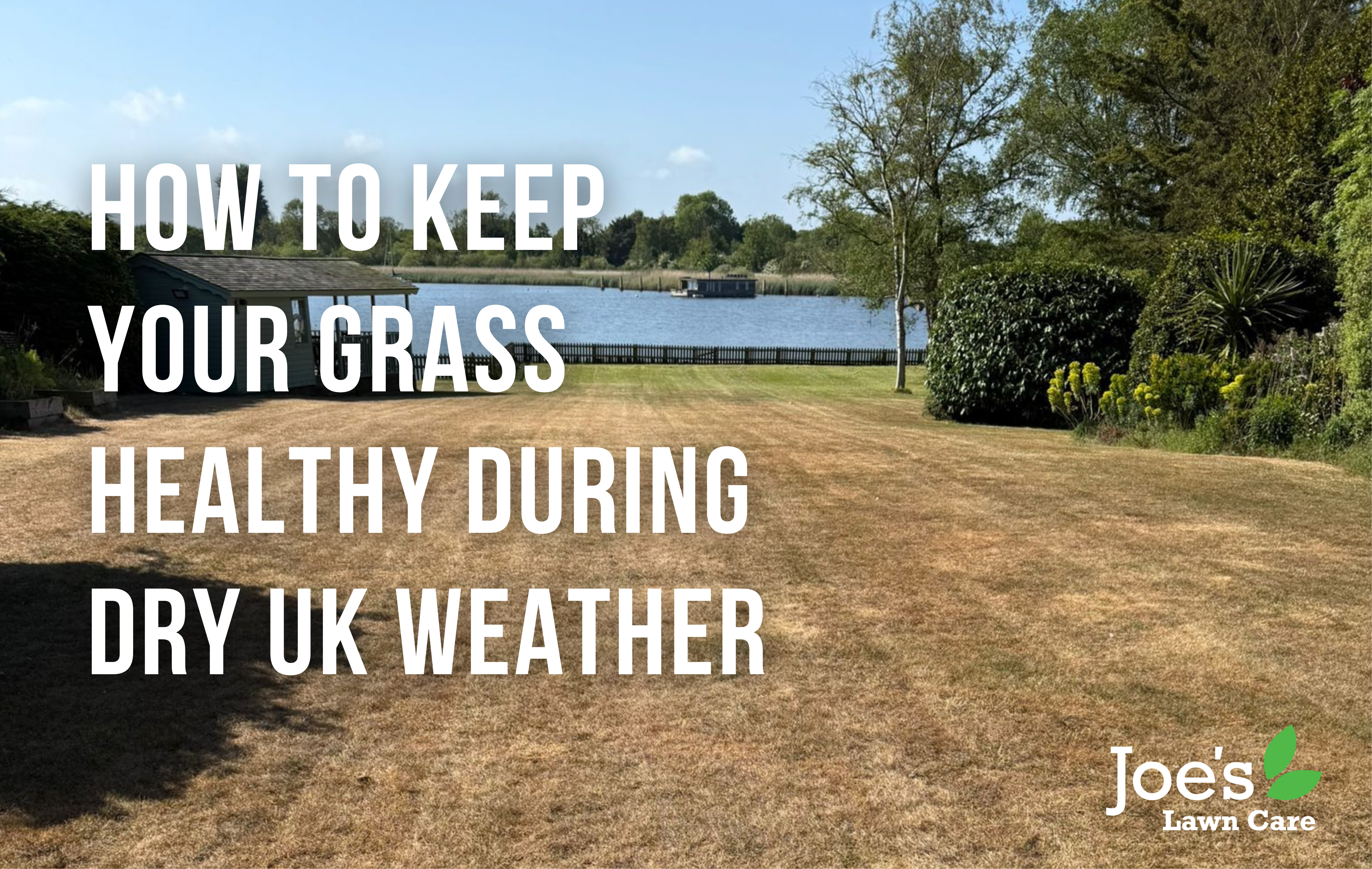Maintaining your lawn in a heatwave can make it a little tricky to keep your grass and garden healthy and green.
Especially when it’s getting a bit warm here in the UK…
If you’re subscribed to our newsletter (or have popped on the telly this May), you’ll know that we’re looking at the driest Spring for 69 years.
However…
With temperatures hitting 25 degrees already, the 2025 Spring threatens to break the record of being the UK’s driest Spring on record ever. According to the Met Office, the lack of rainfall by mid-May 80.6mm so far makes it the driest spring in over a century. The previous record low for the full season was 100.7mm in 1852. Whew.
So how can you keep your grass looking green, your lawn looking lush, and your garden looking…alive…during such dry conditions?
Watering as much as you can is our go-to answer. But how much water does a lawn need?
Really good question, us. Here you’ll find our comprehensive guide to saving your grass from the oncoming dry weather – whether it’s through watering, soil-analysing, and much, mulch more.
How Much Water Does My Lawn Need?
First things first, let’s get down to the ground. Each lawn has a different soil type. Different soil types require different quantities of water. If your soil is pretty clayey or sandy, you have an uphill battle. Sandy soil has very little nutritional value for the grass plant to enjoy – and they can dry out pretty quick in the summer. Clay is equally tricky – they hold onto water, with compaction (solved by aeration which we can help with) and cracking being a big risk. Unlike sandy soil, these can hold onto nutrients pretty well, so the grass plants get what they need.
Both these types of soil are pretty needy and will require more watering and care. Make sure to water these deeply, aiming for half an inch for clay, and an inch for sandy.
Silty and loamy soils are great – with loamy being drought-resistant due to its capacity to retain water, and hold nutrients. Don’t take this lovely loam for granted when it comes to hot weather.
Once you’ve identified your soil type, you can then began to tackle the amount of watering your soil will require. On our free lawn-care surveys, we typically let you know what soil type you have then, if you’re at the property in person and let our technician know upfront.
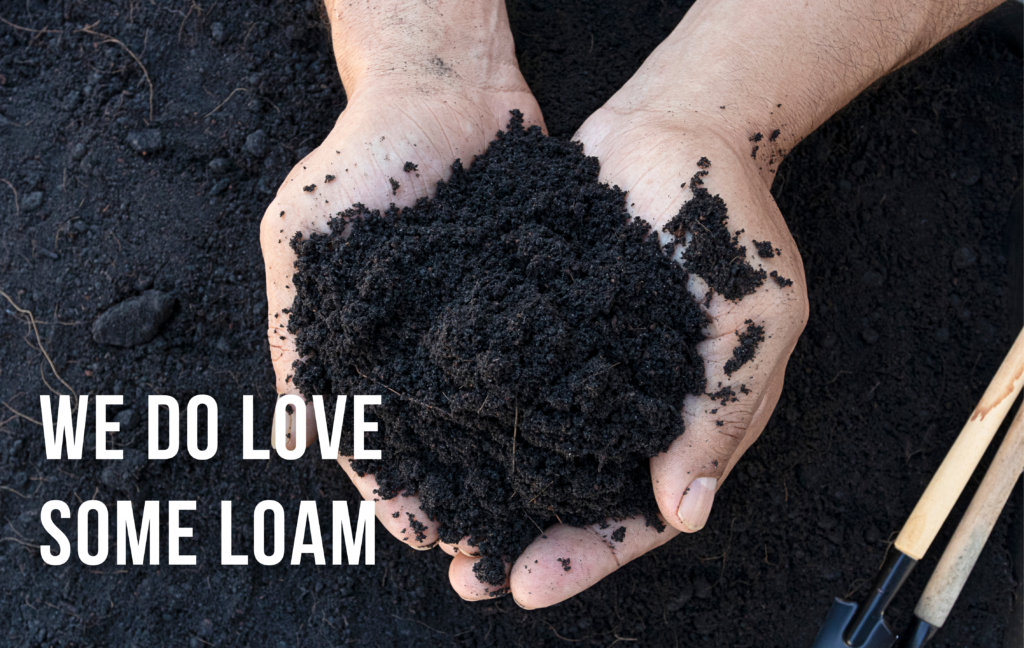
Work Out Your Water
As a rule of thumb, to keep your grass healthy, most lawns need about 10 litres of water per square meter of lawn surface per week in Spring and Summer. So, 10 square meters of grass would need around 100 litres. The normal tap dispenses about 10 litres of water a minute. This works out as low as from £2 a day or, if your water rate is the highest, £5 (as of 2025).
For super dry weather, like May 2025, we’d recommend aiming between 10L and 15L of water per square meter.
You will need to note your type of soil – as this will change the amount of water needed between these values. The more you water your lawn, the easier you’ll pick up on what it needs.
Clay soil retains water really easily, so it can be easy to overwater by accident. You should monitor the colour of this soil to know when it’s due watering. We recommend deep watering for this. For sandy soil, however, we advocate shallow watering as these drain water pretty quickly. You’ll need to be more proactive with sand, than with clay.
It’s More Cost-Effective to Maintain your Grass Now, Rather Than Repair it Later
To work out how much water you’re giving your lawn, especially if it’s a larger one where a sprinkler system or a couple of laps with a hose are required, there are a few ways. You can place a few small containers across the garden, and monitor how quickly they fill. A more intrusive way is to dig a small hole and check how far down the soil is moist. Rain gauges are probably our favourite way – and you can find these online pretty easily.
Watering your grass keeps your grass healthy. Watering your grass is an investment in your lawn, which will help maintain the work we carry out. Doing this may be more cost effective in the long-run, rather than investing more money in repairing your lawn if it goes past the state of dormancy. If it is past dormancy, it means the grass is dead.
And this is before we even start thinking about a potential hose-pipe ban in the UK for Summer 2025.
If you are a little nervous about how a hose-pipe ban could affect your lawn, we do have a handy guide for that.
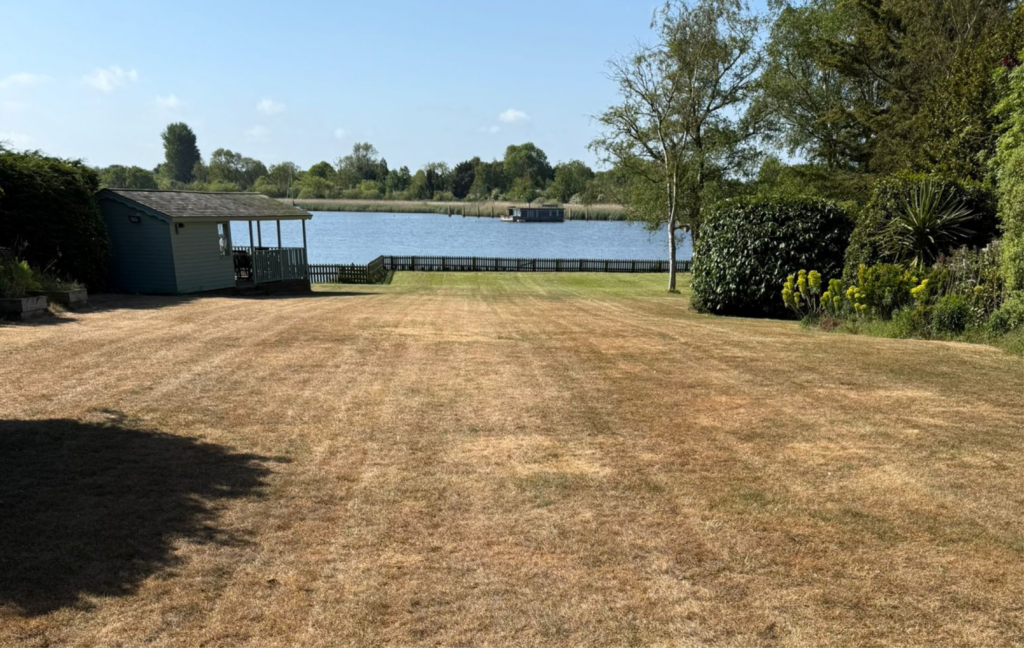
How Often Does My Lawn Need Watering?
We’ll start with the most essential time you’re going to need to water your lawn.
If you’ve had scarification, every 24 hours. Especially in dry weather.
The irrigation (watering) is going to help the seed germinate. During the early summer period of 2025, we will be providing a hydration supplement for those on treatment plans, AND a free wetting agent. Most companies charge a bunch for a wetting agent, but we’re including it for free, because we’re pretty nice. This enables the water to access the soil, and helps stop it becoming hydrophobic. It soaks straight through the soil, which keeps your soil functional, and able to guzzle as much water as it needs.
If you’ve not had scarification, we recommend at least 2-3 times per week. In especially dry weather, up this to as much as needed, such as 3-5. With standard seasonal weather, (aka with rain) change a day out for each day with rain. With 2-3 days consistent rainfall, in normal, non-droughty times, it’s okay to not water the lawn as nature is taking care of it. Good ol’ nature.
Grass, unlike other plants, goes into a state of dormancy when it doesn’t get the nutrients it needs. You can tell when it’s going into this state by it’s lack of vibrancy and lack of spring (if you’re playing fetch, for example, the impression of the tennis-ball leaves a mark, and you can see exactly where Toto or Fido have dashed over). When your grass goes dormant, you can revive it. But if it’s dead, unfortunately, it’s dead.
This is why we highly recommend keeping your lawn well-watered during dry times. Better to water now, than end up having a totally defeated lawn that you may have to returf.
Is Mulching More Effective than Watering?
Of course there ARE other options that you can do to give your lawn the best chance of enduring the heat – we advocate different types of mulching, as well, which helps protect your soil from drying out. A really great way to do this is to put your lawn mower on it’s highest setting (only if your grass needs cutting) and let the clippings fall back onto the grass. This slows down the evaporation of water from the soil surface. We do advise looking into specific mulching mowers, so the clippings aren’t so big that they smother the grass. We still do recommend watering, even if you’ve mulched as well. This gives your grass the best chance at staying healthy during Summer and dry Spring.
When Should I Water My Lawn in Dry Weather?
Early morning, as a rule of thumb. If you’re pottering about making brunch and want to sit out and have it al fresco on your newly cleaned patio, you can get away with doing it late morning, so long as it’s not too hot. The heat can cause the water to evaporate before it has the opportunity to reach your grass roots if you do it whilst it’s scalding, and don’t water deeply enough.
Watering in the Evening isn’t Great…
We just really don’t recommend watering it in the evening. Your lawn will need water in the day, rather than the night, to combat the sun and heat, as opposed to the evening when it’s cooler. When grass is wet for an extended period of time, this can encourage moss, fungal, and bacteria growth. And whilst we can tackle moss (pretty effectively, if we do say so ourselves), we don’t advocate watering at night.
What Else Can Help My Lawn in Hot Weather?
Mowing high, and letting the grass grow as long as it can is beneficial. No-Mow-May has had some pretty good results so far.
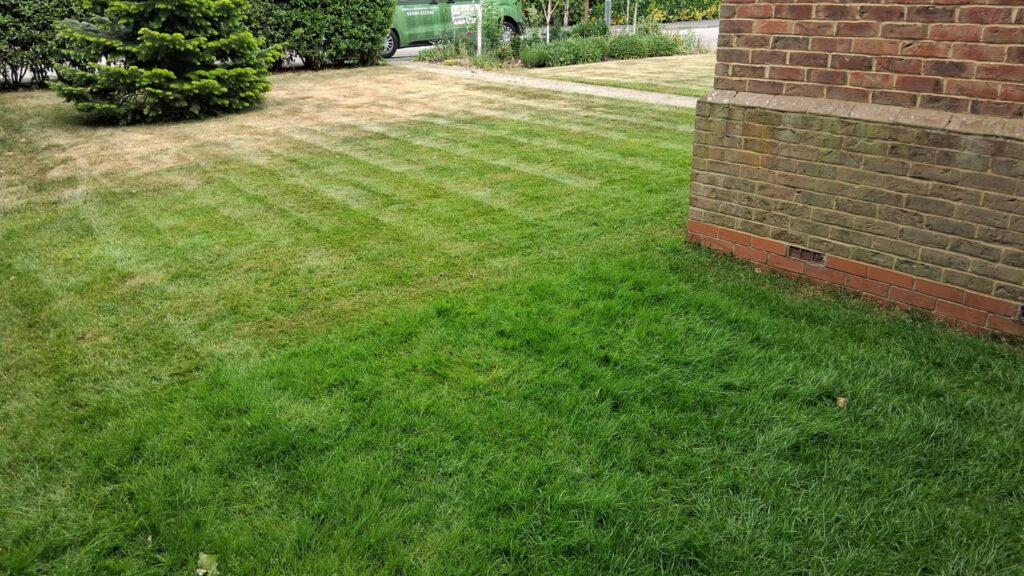
This works because the longer the grass, the more the soil is shaded. If you remove your grass collector on the mower, this will also allow for a bit of mulching.
Aeration can also help, especially if your lawn is at risk of compaction, which clay soil is vulnerable too. When a lawn gets too hot and dry, it can become hydrophobic – aeration stops this. It increases the amount of water, air and nutrients that funnel down through the roots. If you’re not due an aeration from our trusty Joe’s Lawn Care team, you can DIY one on a small bit of lawn with a garden fork.
Keeping Your Lawn Too Good To Leave
So, to summarise…our Top 10 Tips to Saving your Grass are…
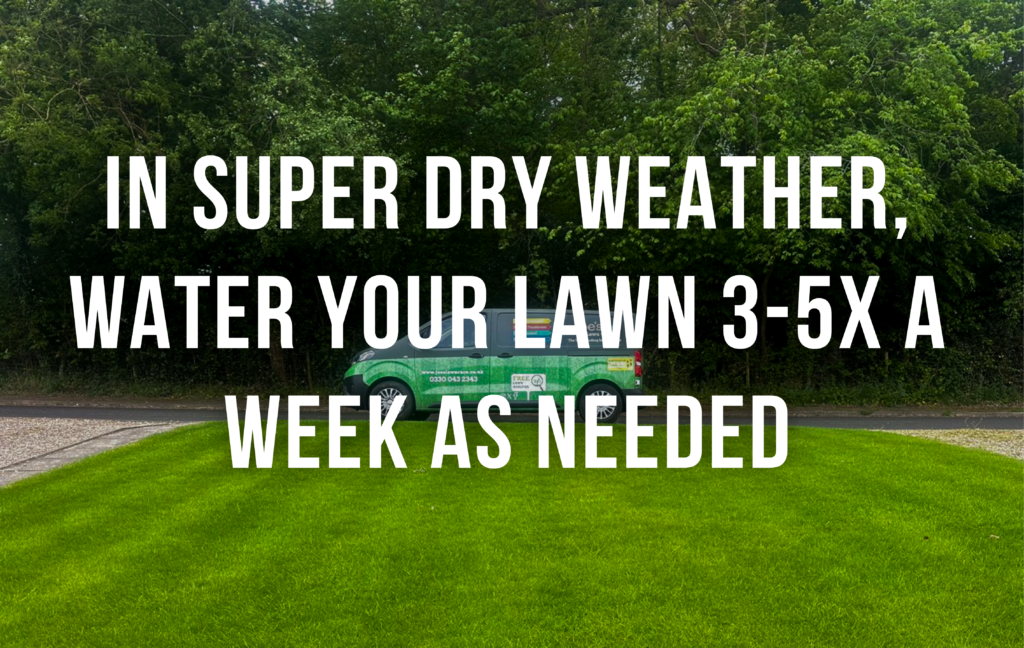
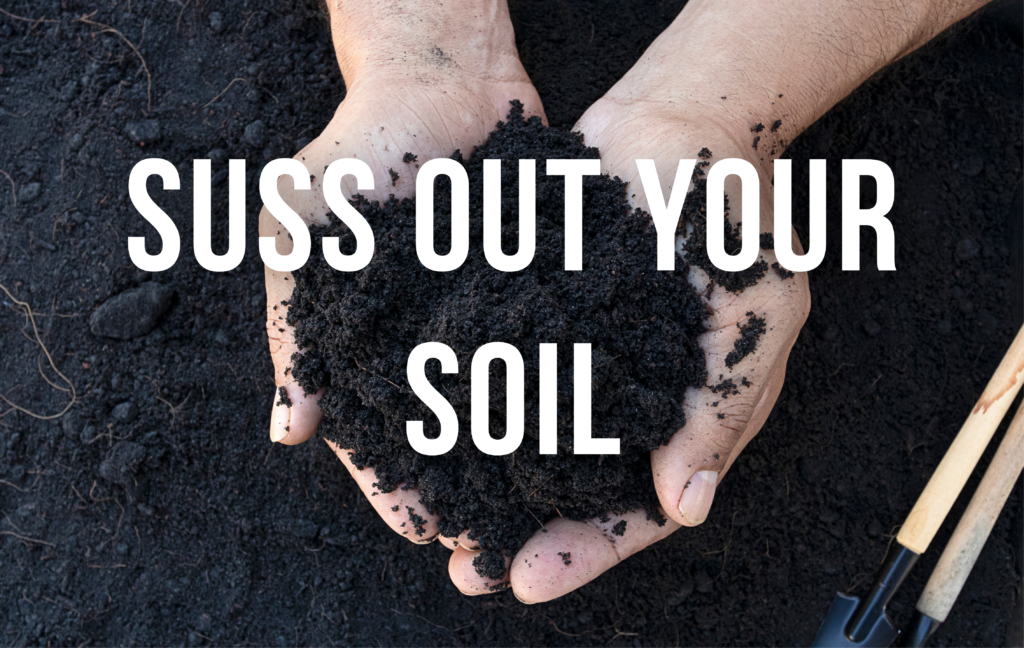
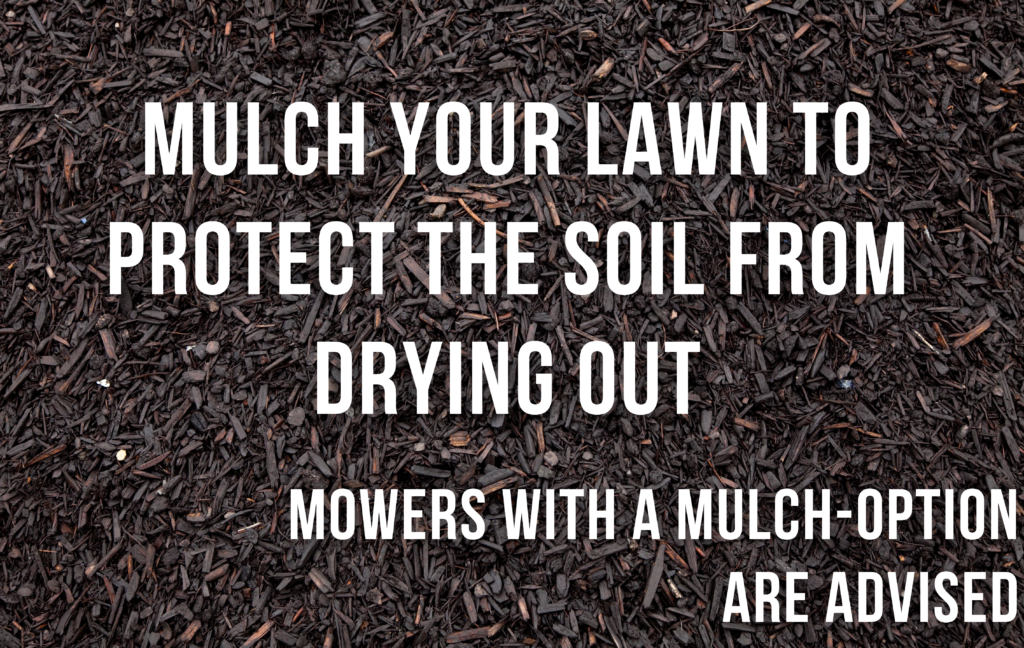
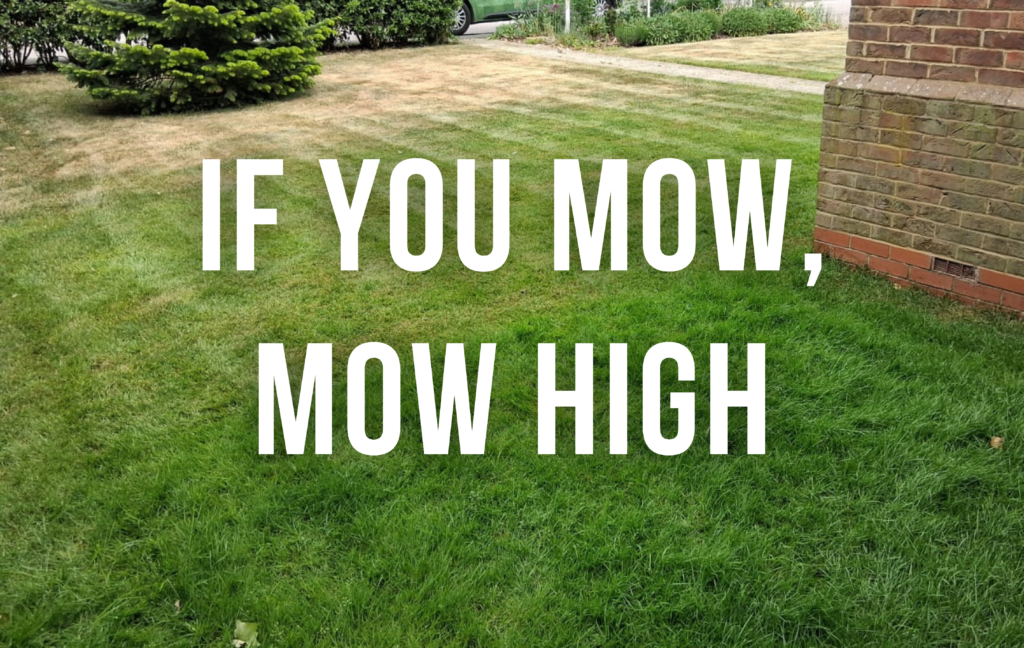
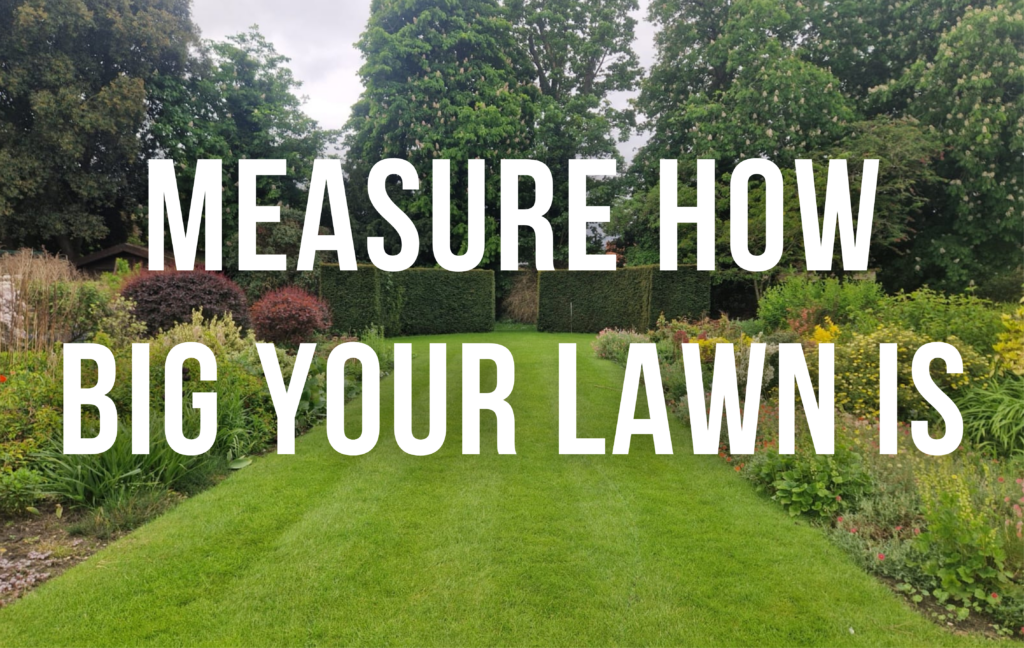
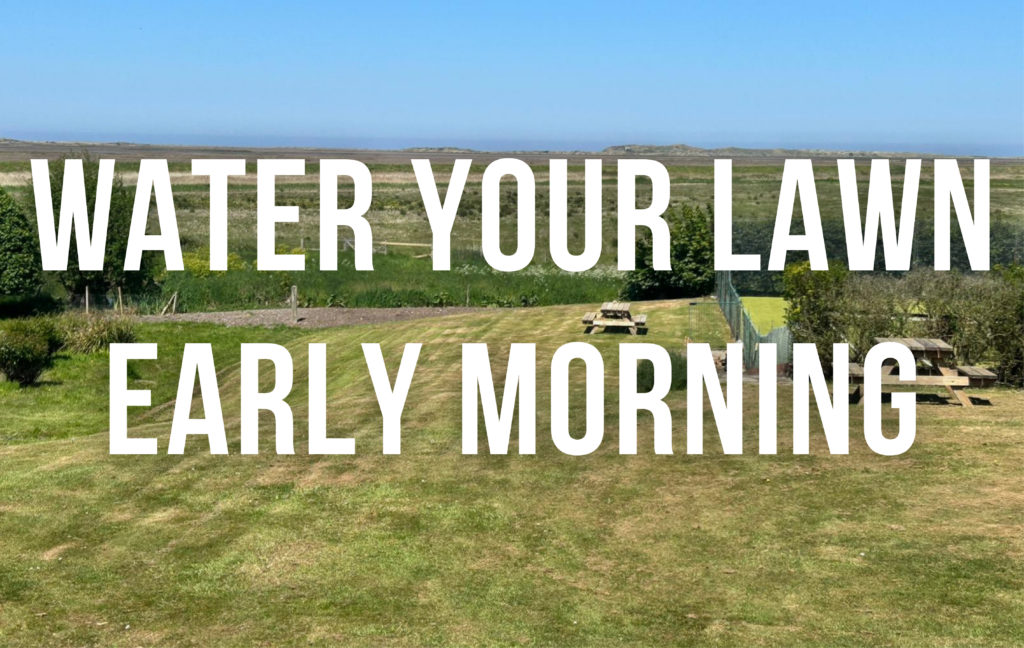
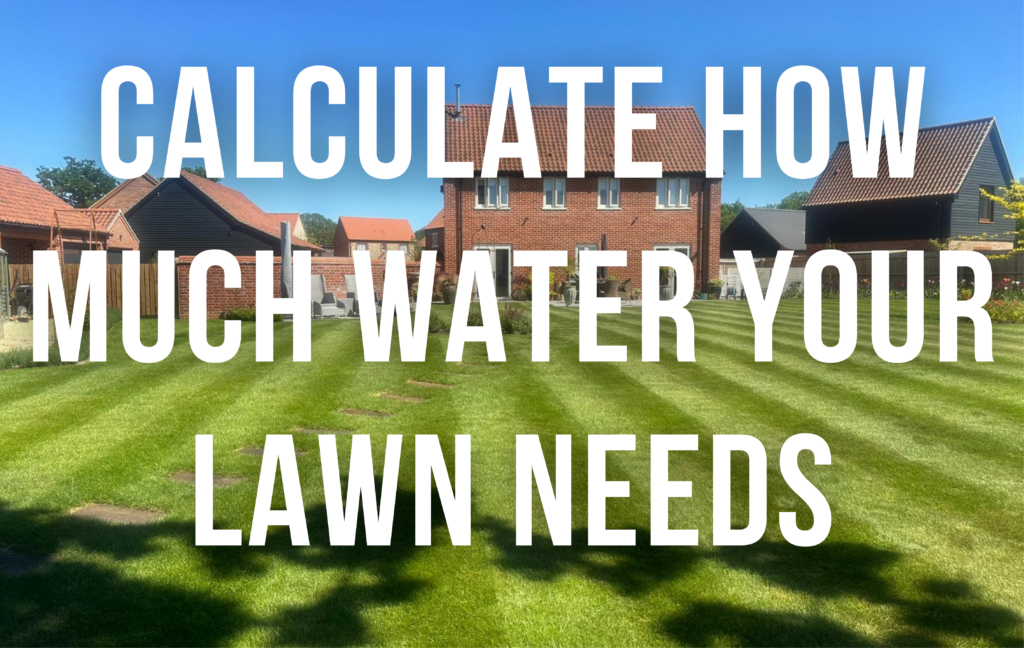
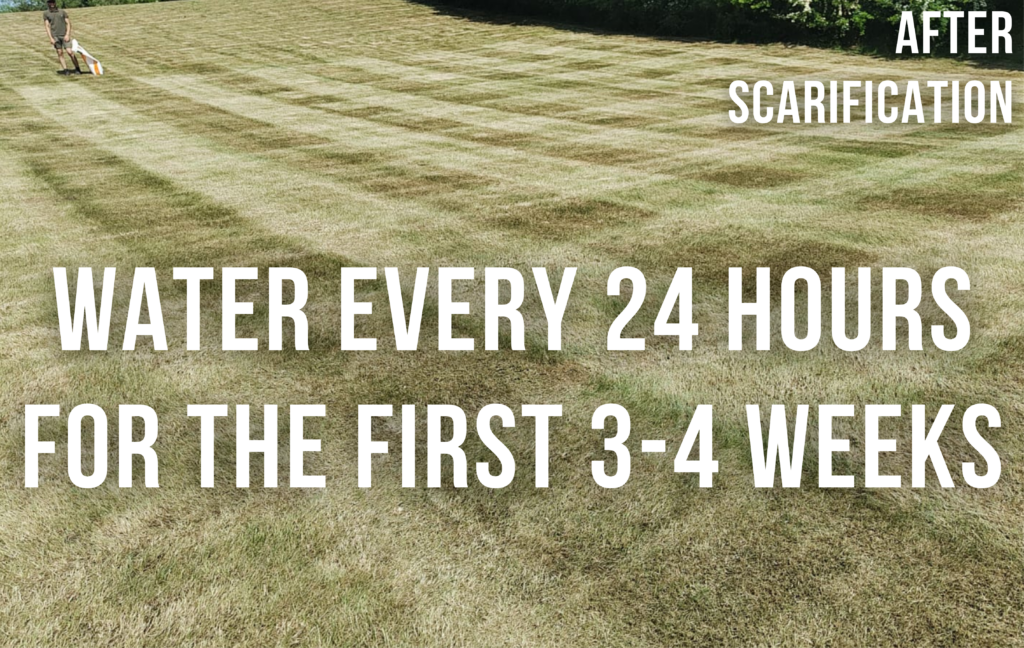
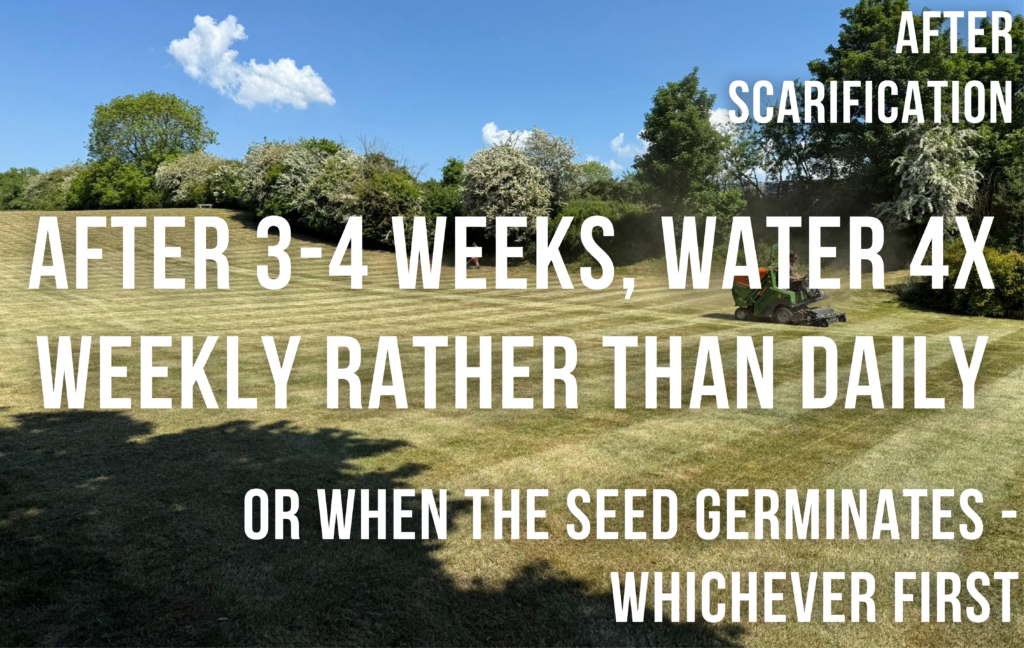
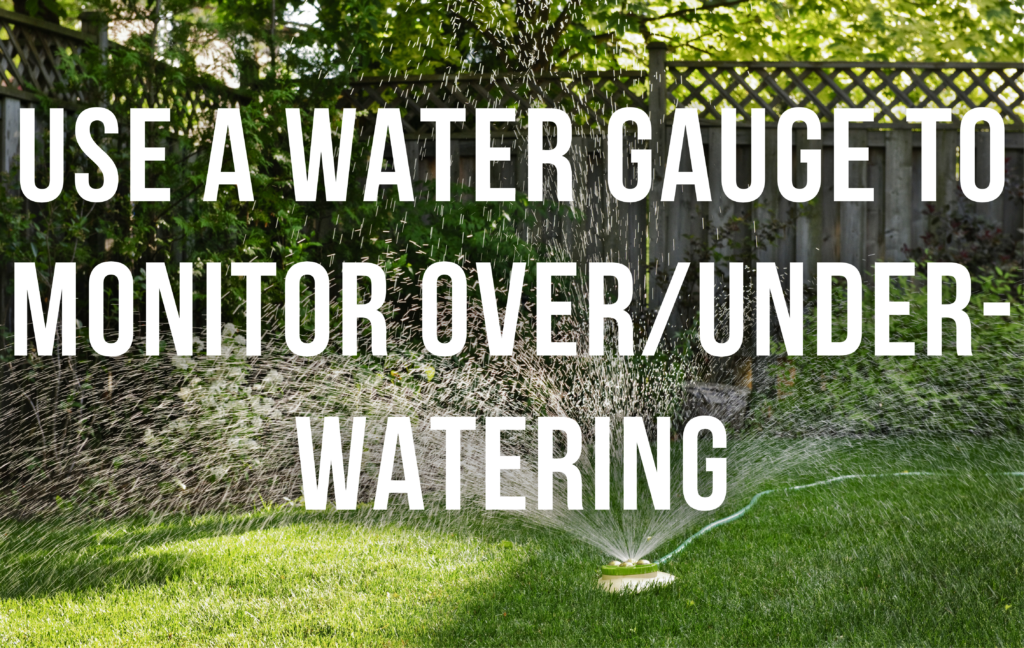
We hope our guide proves helpful in maintaining your lawns health through the UK dry season. Keep up to date with the latest news by making sure you follow us on Instagram and Facebook!





